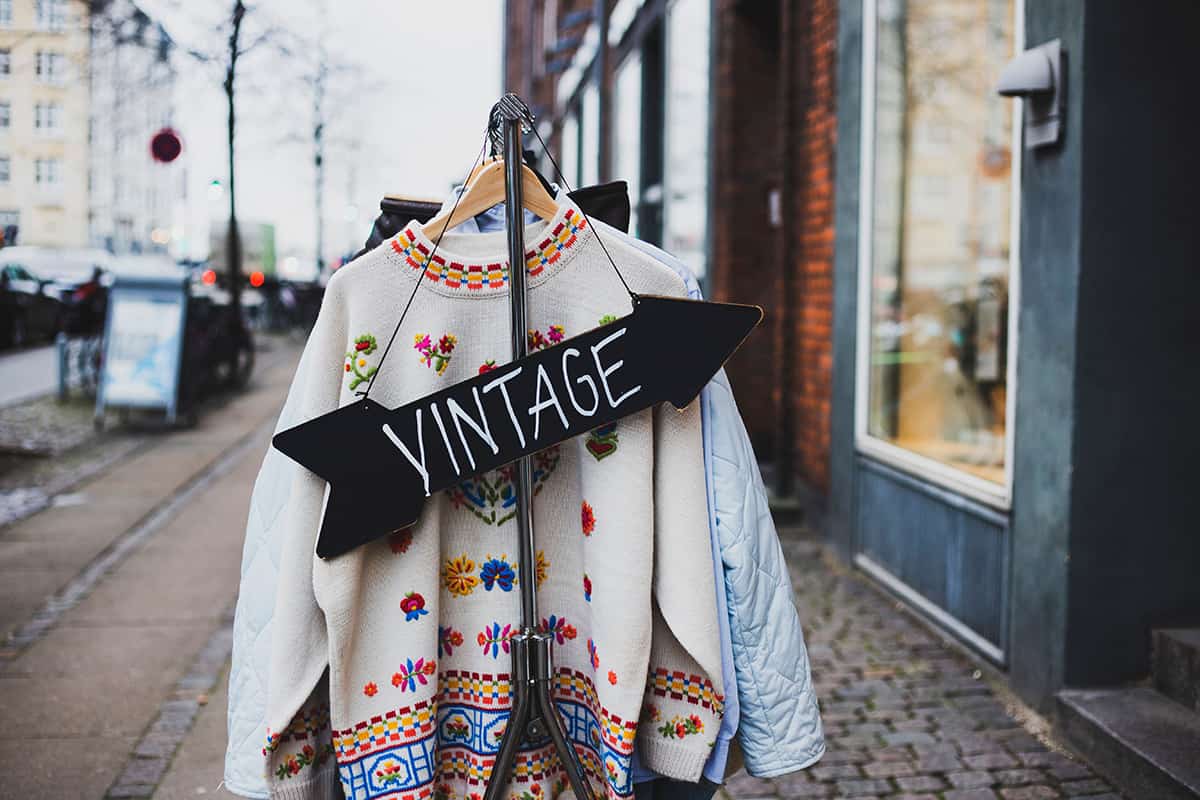It has been one year tomorrow, the 24 February, that Russia invaded Ukraine and kicked off not only the first war in Europe since the Balkans conflict in the 1990s, but also hastened a post-pandemic economic reset that has had reverberations around the world.
As Russian gas imports were either turned off of sanctioned, the dominoes of cost-of-living and economic uncertainty have fallen. Energy prices are now so high, there is a shortage of cucumbers. Consumers are feeling the pinch and looking very carefully at their spending. Retailers wonder what is going to hit them next.
But is it that bad? Sure, there have been many high-profile business failures and closures, but to some extent some of these were inevitable: outmoded business models, rather than geopolitics bringing them down. Vlad the invader has hastened, rather than caused their collapse.
Consumer data on spending – and there is a lot of it out there this time of year – paints an interesting and difficult to interpret picture. On the one hand, shoppers appear so cash strapped in February that they cancelled Valentine’s Day purchases for loved ones. Many are also being forced to moderate their spending because they can’t afford for online goods to not be right as they don’t have the cash flow to wait for a refund.
Equally, though, they seem to have spent way more at Christmas than even the shoppers themselves said they would and, across the past two months, have bought 174% more fashion items from marketplaces.
Part of the problem retailers are having is that they are seeing sales – often quite high levels of sales – but they are having to discount so heavily to achieve them that the actually takings are down. Offset this against their own costs rising dramatically and you have the same problem that cucumber growers face: it’s too expensive to operate.
However, there is one area where growth is strong: pre-loved and re-commerce. A study by eBay shows that both sellers and buyers are now flocking to the site to both buy and sell pre-loved goods, not just because it is en vogue (thanks in no small part to eBay’s very hands on sponsorship of Love Island), but also because it offers value for money. Sellers get to make a few much-needed bob out of their old stuff and buyers get bargains.
In fact, a new pop-up shop is set to appear in London’s Waterloo Stations selling pre-loved clothing, aimed at giving a bargain to people looking for a new outfit for a job interview. Sounds a bit focussed, but there is huge demand. The jobs market is quite buoyant still, yet many people don’t want to splash out on new clothes.
This, along with eBay kitting out Islanders with pre-loved luxury and designer garb, all serves to push the re-commerce agenda front and centre in shoppers’ minds. And given that they are looking for bargains in these cash-strapped times, what could be better?
With TikTok now dominating the social commerce space – and users flocking to ditch Facebook and Instagram now there is a whiff of a subscription fee a la Twitter blue checks – there is a real sense that retail is changing. People really are shopping in new ways and increasingly for new things. We live in interesting times.










